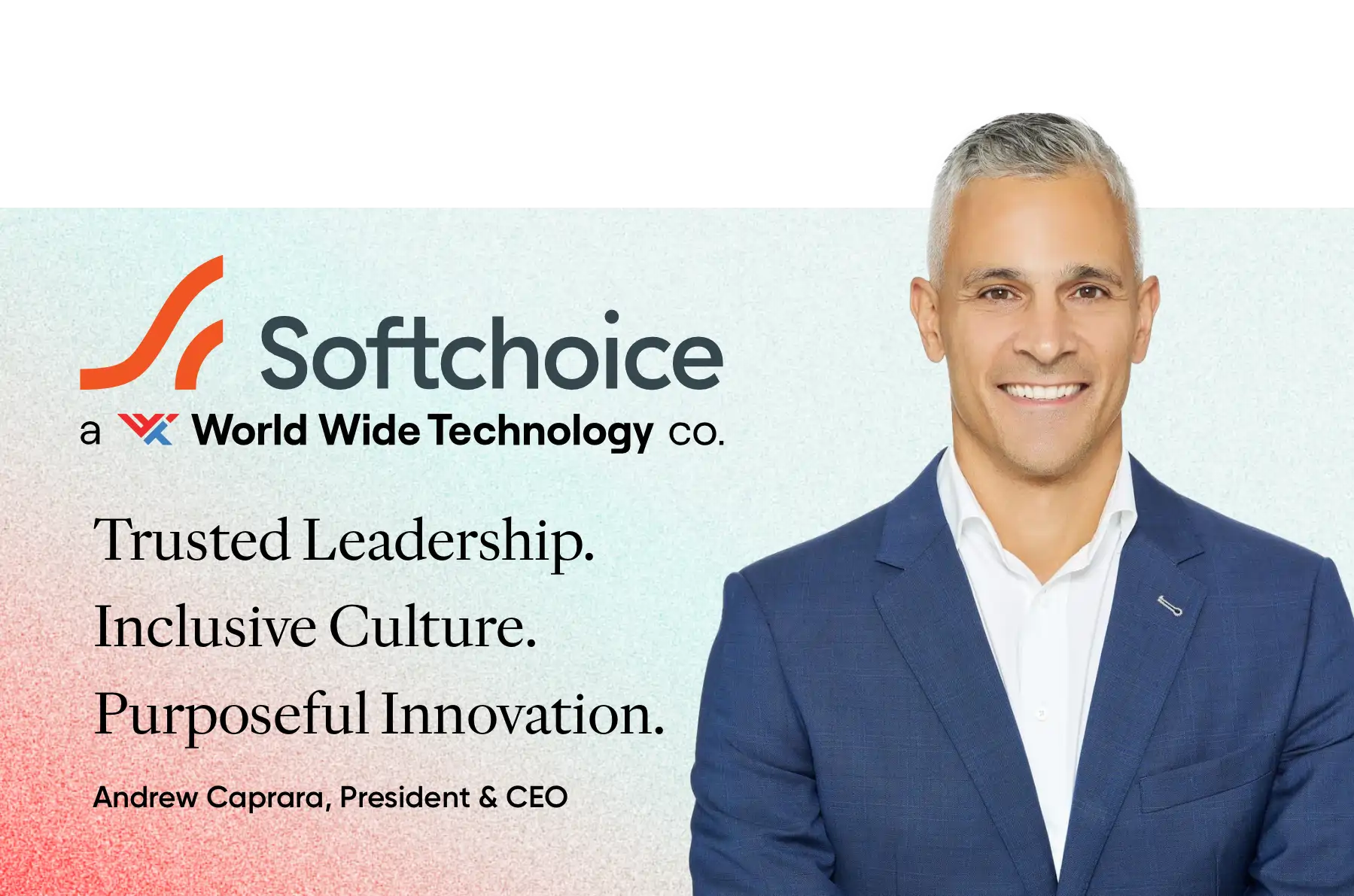Want to build a company culture that truly resonates with people? It begins by living your core values—not just displaying them as slogans. When organizations focus on relevance, alignment, and leadership by example, strong cultures take shape and thrive.
Everyone carries their own set of core values—unspoken principles that influence how we engage with others and navigate challenges. These could be values like integrity, innovation, or prioritizing family. Such principles shape personal behaviour and daily decisions.
The same applies in the workplace. Just as personal values guide individuals, organizational values define how a company interacts with people and makes decisions. These shared values act as a foundation for both strategy and daily operations.
Core values are the essential framework behind how an organization thinks, behaves, and evolves. When clearly defined and actively upheld, they become the quiet drivers influencing actions and choices at every level—from leadership meetings to team check-ins.
What are company core values, and why do they matter?
At the heart of every strong workplace culture are clearly articulated core values—fundamental beliefs that influence how decisions are made and how people behave across the organization.
These values serve as the foundation for employee interactions, leadership choices, and the way the company connects with clients, partners, and its broader community.
When core values are clearly defined and embraced, they help unify teams around a meaningful purpose. This shared direction builds trust, supports employee retention, and contributes to lasting organizational success.
Examples of core values might include integrity, responsibility, inclusion, creativity, innovation, and collaboration. However, there’s no one-size-fits-all approach. Effective values go beyond general statements and reflect the true character and aspirations of your workplace.
Why Core Values Matter in the Workplace
When organizations clearly define what they stand for, employee behaviour, leadership decisions, and business strategy begin to align with purpose.
Here’s how this alignment contributes to long-term success:
- Fosters a unified culture: Clear principles ensure consistency across teams and create a shared sense of direction.
- Attracts and retains talent: People are drawn to workplaces where the guiding beliefs reflect their own.
- Builds trust and engagement: When actions match stated beliefs, employees are more likely to trust leadership and remain invested.
- Drives performance: Great Place to Work® research shows purpose-led organizations see stronger outcomes in revenue, customer loyalty, and innovation.
- Supports sound decision-making: With a consistent reference point, leaders and teams are better equipped to act with integrity and focus.
- Enables autonomy: When expectations are clear, teams can respond quickly and responsibly—without waiting for approval at every turn.
Take Trek Bicycle as an example. The phrase “Do the right thing” is more than a statement—it’s a principle that empowers employees to act with integrity. Whether responding to a customer need or solving a problem on the spot, the message is clear: use good judgement and lead with purpose.
One notable instance comes from a Trek store in Houston. After learning that a customer was repairing a damaged bike for a neighbour’s child whose own bike had been stolen, the technician and store manager located a quality trade-in and gave it to the customer, no questions asked. They also included a new lock to prevent future theft. No approvals. No hesitation. Just action rooted in what the company stands for.
Stories like this are not exceptions at Trek—they’re part of how the organization operates. These acts are tracked through Net Promoter Score (NPS) data and reflected in customer feedback. Praise for doing the right thing is shared and celebrated across the company, while constructive input helps teams improve.
This example demonstrates the impact of clearly communicated principles: empowered teams, loyal customers, and a workplace culture built for long-term success.
Steps to Define Core Values with Purpose
Establishing meaningful core values requires a thoughtful and intentional approach. It goes beyond crafting phrases that sound good—values should reflect who the organization truly is and who its people aspire to become.
If your organization is in the early stages of defining its values, consider the following steps:
- Engage employees and leadership early: Use listening sessions, surveys, or focus groups to understand how employees perceive the organization’s identity. Work with leadership to ensure alignment with long-term vision and purpose.
- Spot common themes and key drivers: Review the feedback to uncover patterns that represent the company's culture and behaviours that already support its success.
- Develop a focused and clear set: Create a concise list—usually between three and six values—that reflect your purpose, identity, and day-to-day culture.
- Make them meaningful and practical: Avoid generic language. Choose principles that are specific to your organization and actionable in practice.
- Gather feedback and adjust: Share the draft values with your teams and stakeholders. Ensure the wording is inclusive and resonates across different roles and functions.
- Integrate into daily operations: Embed the values across the employee lifecycle—from hiring and onboarding to leadership training, performance reviews, and recognition.
- Keep the conversation alive: Reinforce values through consistent communication—employee stories, internal updates, and moments of recognition all help keep values present and relevant.
Real-World Examples of Meaningful Core Values in Action
To understand how values take shape in everyday workplace culture, here are examples from several organizations that have built strong foundations by anchoring their efforts in clearly defined principles.
Brains
When defining its values, creative agency Brains began by seeking insights directly from its employees. Through a company-wide “listening tour,” leaders asked reflective questions like, “What’s something you hope never changes?” and “What concerns you about new leadership?”
The feedback pointed to priorities such as stronger collaboration and increased transparency. In response, Brains introduced a clear salary guide with structured pay bands, eliminating confusion around compensation and career progression.
The company also created an ongoing feedback loop to ensure alignment between stated values and employee experience. When survey results highlighted areas like “management vision” as needing attention, leadership rolled out a three-year plan with transparent progress updates to address the gap.
Wegmans
Wegmans Food Markets has defined five core principles:
- Caring about the well-being and success of every individual
- Holding high standards as a core practice
- Making a positive impact in the communities they serve
- Respecting and listening to their people
- Empowering employees to take ownership and improve outcomes
The last value stands out in practice. Wegmans empowers its frontline teams—those most in contact with customers—to make on-the-spot decisions. This not only improves service but reinforces the organization’s shared purpose at every level.
American Express
While teamwork may seem like a standard value, American Express brings it to life through structured innovation opportunities. The company hosts events like a two-day “GrowthHack,” encouraging technology and product teams to co-create new solutions.
Other departments run pitch competitions inspired by “Shark Tank,” offering employees a platform to develop business proposals—some of which evolve into real initiatives.
NVIDIA
The value of unity at NVIDIA, expressed through the principle of “One Team,” was evident in its response to the Ukraine conflict. The company provided critical support to staff in Russia, covering relocation costs to Armenia for employees and their families.
In addition, anticipating financial constraints due to global sanctions, NVIDIA ensured that salaries were advanced to those affected, demonstrating care and commitment in action.
Deloitte
Deloitte defines its values as:
- Lead the way
- Serve with integrity
- Take care of each other
- Foster inclusion
- Collaborate for measurable impact
These values show up across Deloitte’s ESG commitments. For instance, the firm reviews global supply chains to reduce environmental impact. It also champions inclusion with a progressive parental leave policy designed to support all caregivers equally.
Trek Bicycle
Trek Bicycle has demonstrated how values can drive positive change in large, distributed teams. With a workforce of over 6,500 employees across 27 countries, Trek used Great Place to Work’s Trust Index Survey to identify opportunities for improving workplace culture.
One major insight was the need for clearer communication. By using survey data, Trek encouraged leaders to take ownership of their team’s experiences. This resulted in a 24% increase in employees feeling informed by their managers about key updates and changes.
Making Core Values Part of Daily Practice
Defining core values is only the beginning. For values to genuinely shape your culture, they need to be present in the organization’s everyday actions. From recruitment to leadership communication, values should be consistently visible and reinforced.
Below are practical ways to bring core values to life in day-to-day operations:
- Hiring: Reflect key principles throughout the recruitment process—from job postings to interview questions and onboarding sessions. This ensures alignment from the start.
- Employee recognition: Acknowledge and reward behaviours that reflect the organization’s values. Link recognition and performance discussions to how individuals demonstrate these values in their roles.
- Leadership and management: Provide training that helps managers actively demonstrate and reinforce values through communication and example. Leaders at every level should consistently reflect the organization’s principles in their decisions and conduct.
- Decision-making: Use values as a foundation for resolving dilemmas and making business decisions. When leaders explain how choices align with core principles, it enhances transparency and trust.
- Learning and development: Incorporate values into ongoing training programs, leadership workshops, and coaching initiatives. This helps embed them into the company’s long-term development strategy.
- Community involvement: Support employee participation in activities or causes that align with company values. For instance, companies with a focus on social impact may organize volunteer days or community engagement initiatives.
- Ongoing evaluation: Regularly assess how values are showing up across the organization. Tools such as employee surveys and focus groups can provide insight. If certain values are no longer relevant, revisit and adjust them to better reflect the current culture and direction.
Addressing the Gap Between Stated and Lived Values
Even when core values are well-defined, organizations may encounter challenges in bringing them to life—especially if leadership buy-in is limited. When actions fall short of the values an organization promotes, it can lead to disconnection and distrust among employees.
Take for example a company that highlights integrity as a key value, emphasizing ethical decision-making over personal gain. Yet, if a high-performing sales team regularly makes unrealistic promises to clients—and leadership chooses to ignore this behaviour because of the revenue it generates—employees may begin to question whether the organization truly lives by its values.
This kind of inconsistency can have serious consequences. Research from Great Place to Work® shows that when employees trust leadership and find purpose in their work, organizations benefit from improved retention and stronger overall performance—including better outcomes in the stock market.
If your workplace is facing a disconnect between its stated values and actual behaviours, the first step is to identify the root cause. Ask questions such as:
- Do the current values feel connected to employees’ daily responsibilities or the organization’s mission?
- Are the values emotionally meaningful to employees, leaders, and customers?
- Have the values been clearly communicated across the organization?
- Are leaders consistently modeling and reinforcing these values?
Once the source of misalignment is identified, organizations can take informed steps to reconnect values with practice and rebuild trust.
Leadership’s Role in Bringing Core Values to Life
No matter how clearly core values are defined, they will lack influence unless leaders consistently model them through their actions.
Strong leadership places accountability and openness at the centre of workplace culture. To lead by example and reinforce values, leaders should:
- Incorporate values into daily conversations: Don’t limit discussion of values to onboarding or annual meetings. Refer to them in planning sessions, performance discussions, and during team wins. For instance, recognize a leader who upheld quality by advocating for realistic timelines over rushed deliverables.
- Acknowledge missteps transparently: If a leader falls short—for example, by not fostering inclusive discussion—acknowledge it publicly and share how improvements will be made: “I realize I didn’t live up to our standard of respect in recent meetings. Here’s how I plan to change that.”
- Build systems that support your values: If innovation is emphasized, create space for experimentation. If work-life balance matters, establish norms that respect personal time and limit after-hours communication.
- Reflect values in advancement decisions: If collaboration is a cornerstone, avoid promoting individuals who disrupt team cohesion. Make it clear that upholding values carries equal weight to achieving results.
Measuring the Impact of Core Values
Whether or not employees feel aligned with an organization’s purpose is one of the most reliable indicators of engagement and retention.
To evaluate whether your team connects with your stated values, use regular employee surveys to gather feedback.
Track this data over time and across different groups. Look for trends: Are some teams consistently scoring lower on questions related to values? Are there principles that employees see as aspirational rather than embedded?
This level of insight helps pinpoint where values are thriving and where reinforcement is needed. Most importantly, share findings with your team and act on them. Measuring without follow-through can be just as damaging as ignoring the data altogether.
Building a Purpose-Driven Culture Through Values
Well-articulated values can be a powerful force in shaping a culture aligned with purpose and long-term vision.
For organizations still working to define their values—or seeking to measure how effectively those values are lived—Great Place to Work offers employee experience tools that support value alignment, engagement, and a stronger workplace culture.
Get Certified
Want to know how your people feel about your hiring practices and workplace experience? Get Certified today and learn the answer to this question and gain many more insights along the way.







